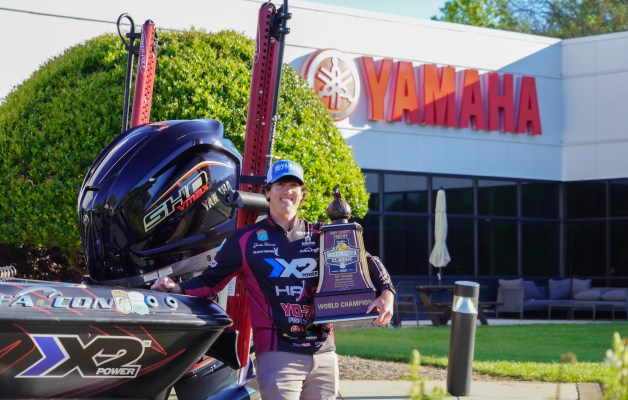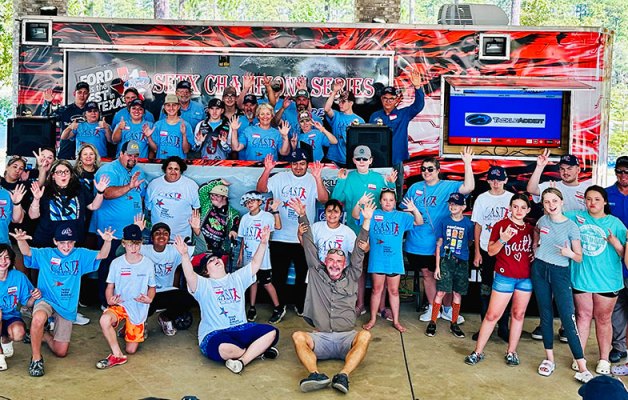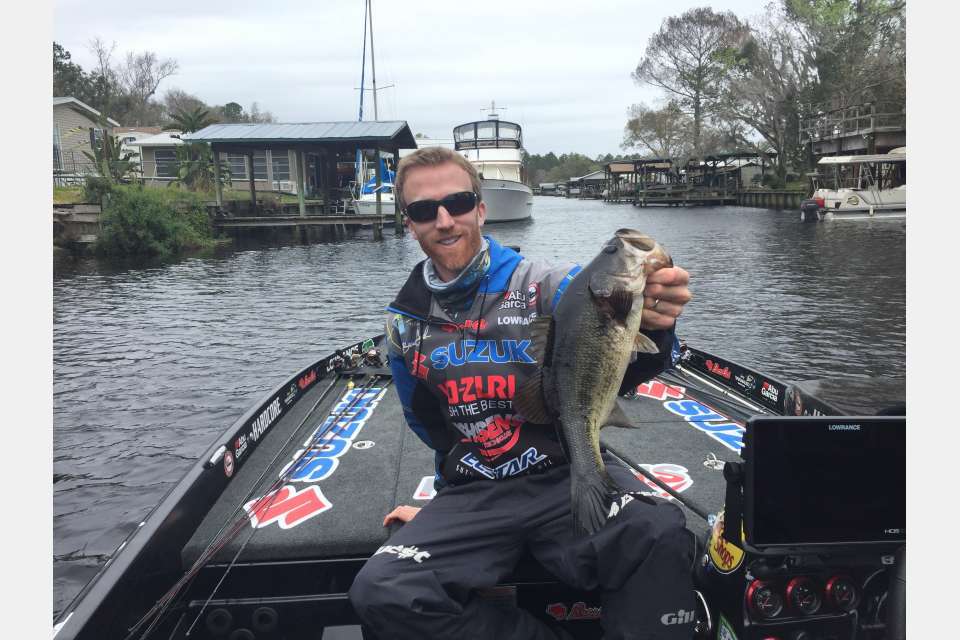
âI remember watching my dad catching big ones on a topwater,â Card said. âEver since then, when I have topwater in my hand, Iâm in my comfort zone.â
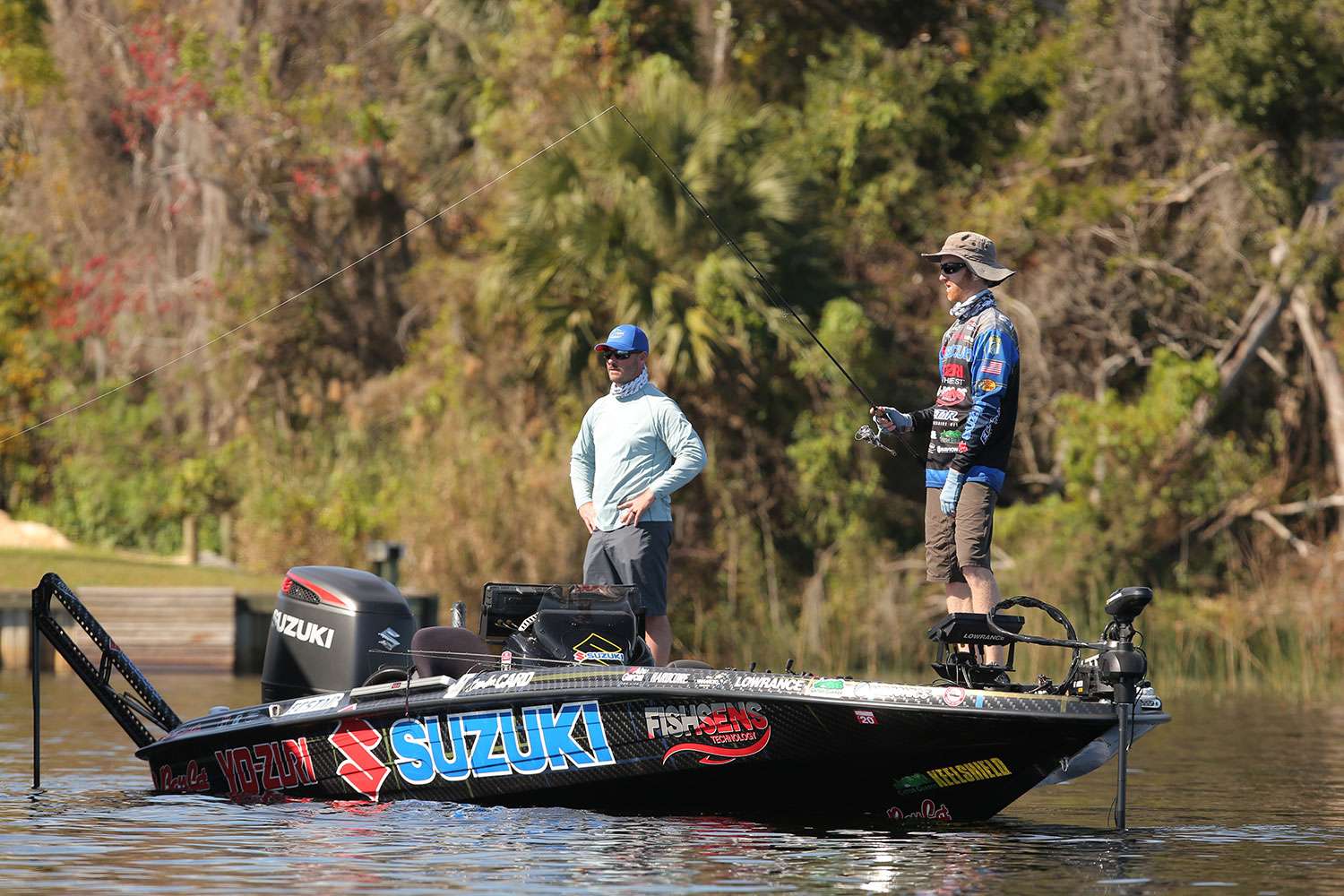
âI can cover a lot of water with topwaters,â Card said. âI get the quantity, but a topwater also gets you quality. It seems like the bigger fish want to feed upward, so the average size fish seems to be bigger with topwaters.â
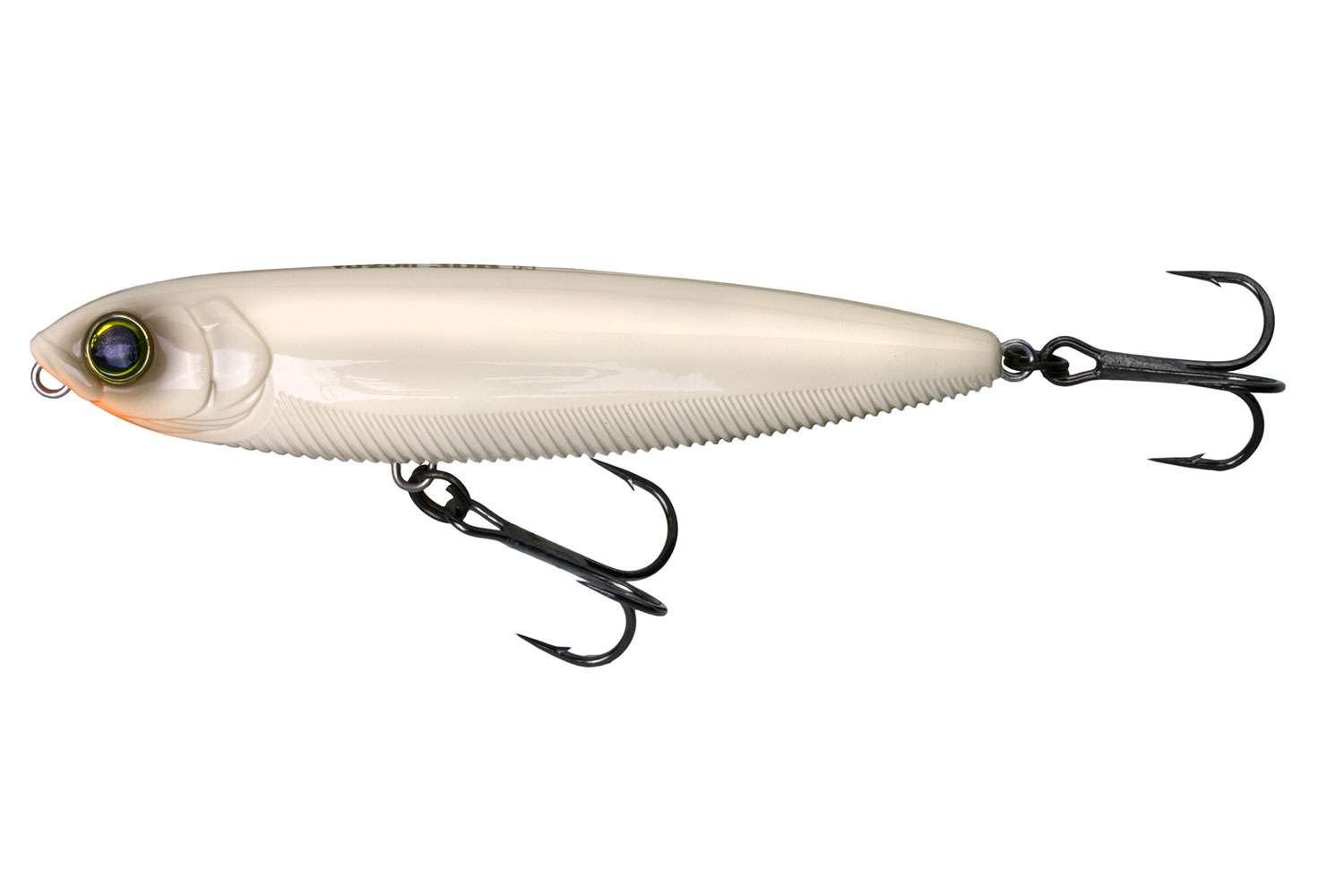
âYou can work the 3DB Pencil fast to cover water, or slowly to keep it in their face,â Card said. âI always have one tied on.â
At 4 inches in length, this baitâs smaller than a lot of commonly used topwaters, so itâs less likely to spook fish with the initial splash. However, Card relies on itâs loud knocking sound for a strong drawing power.
Cardâs tip: Use braid and walk the bait aggressively on slack line so it spits water side to side. The more aggressive the better.
âIf you fish this bait on mono, youâre not going to get the same action as you will with braid; youâre leaving it lot on the table,â he said. âWhen you walk it on braid, you can make it come alive.â
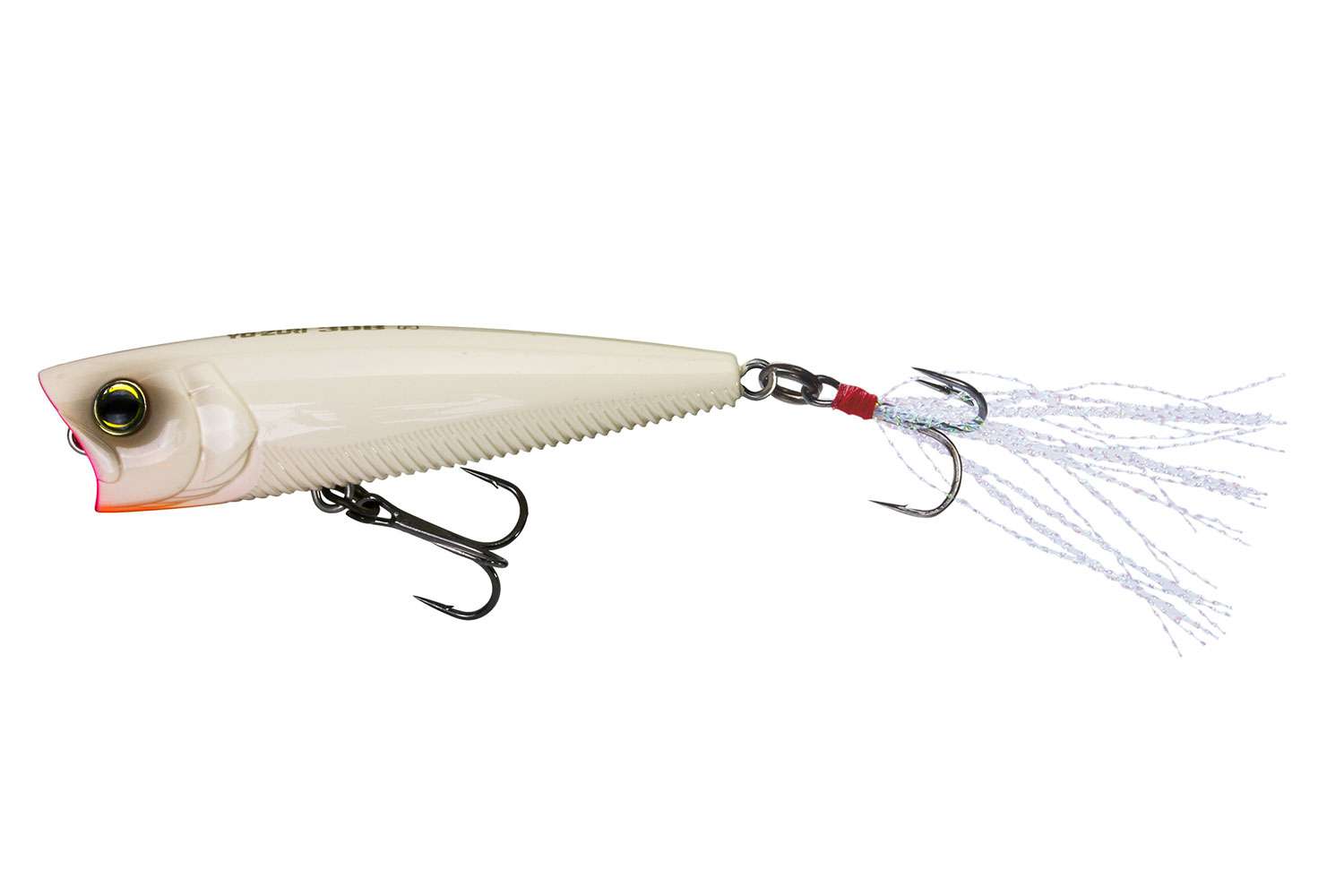
âI can do both on one cast,â he said. âIf Iâm walking my popper and I have a fish short strike it, right then and there, I can change the cadence from walking to popping and get that fish to come back and take the bait. Itâs kinda cool because I can impart both actions very easily.â
Castability is key, especially when reaching a popper into tight spaces. To this point, Card lauds the 3DB Popperâs aerodynamic form for facilitating targeted casts.
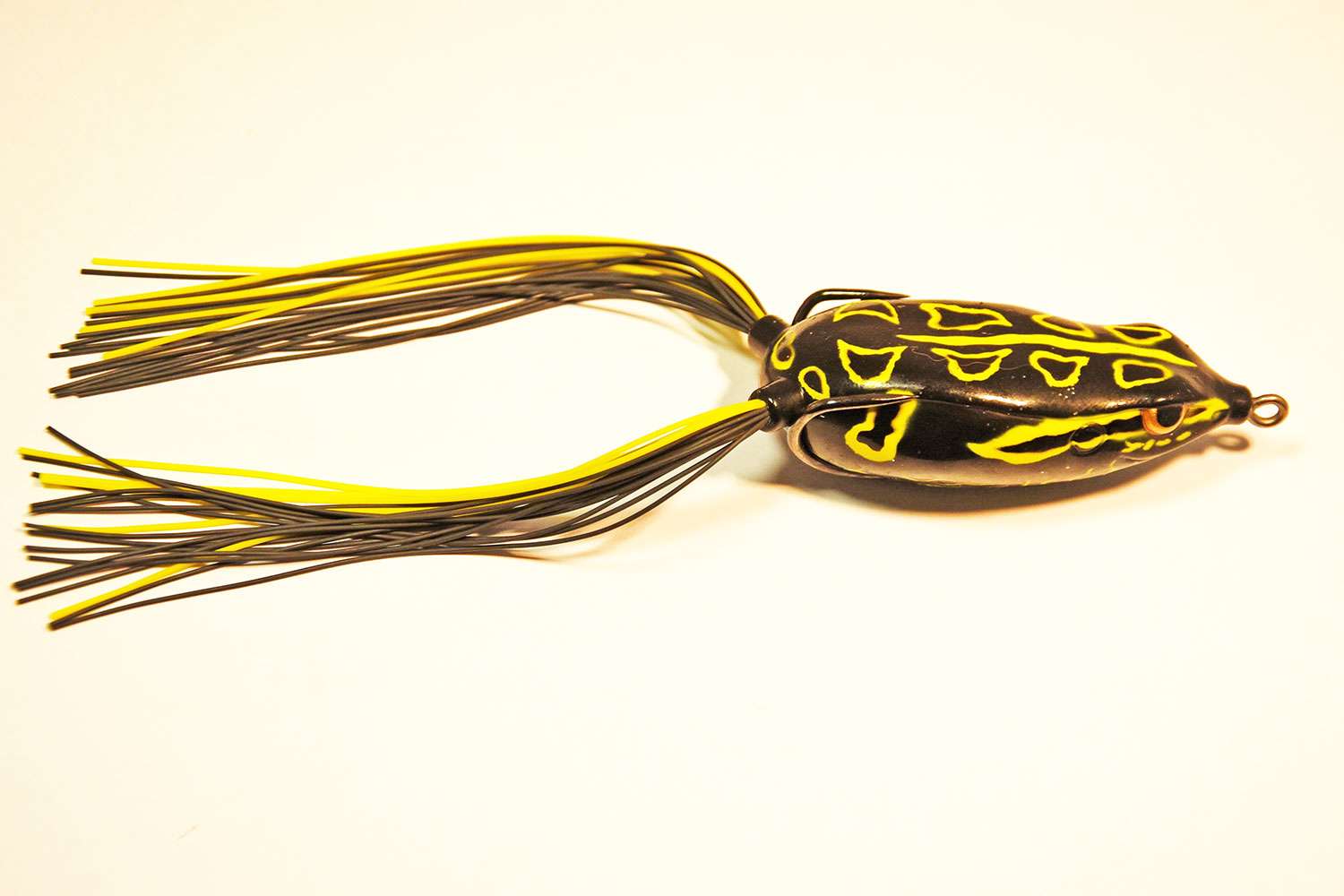
Card says he throws the narrow nose model most, as it navigates heavy cover best; but for sparser areas, or open spots between thicker canopy sections, heâll employ the popping version for a combination of walking and that fish-calling bloop, bloop, bloop.
Tip: âA lot of times, when guys come to a thick canopy, they stop walking their frog and just start scooting it along the surface. I always let the frog tell me if it can be walked. Thatâs my preferred cadence. There may be a little bit of water at the top of the mat where you can still walk it. If itâs too thick, then you just slow down and fish those mats super slow.â
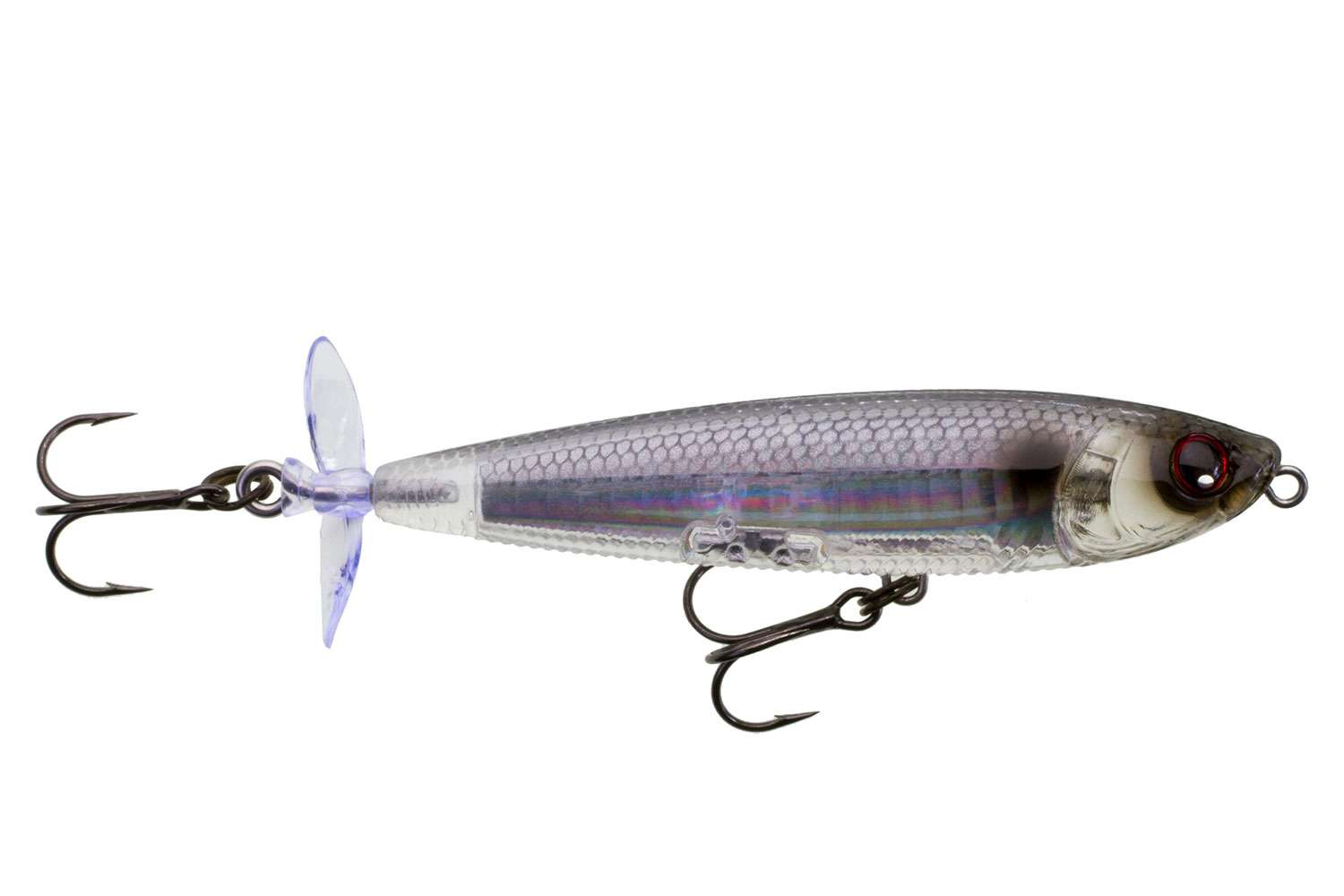
Card said this creates a more subtle presentation that allows him to get bit in crowded areas where fishing behind others is a constant reality. A twitch-twitch-pause cadence makes a good baseline, but he may have to go more aggressive to trigger feeding fish or slow down and let the bait sit in their face.
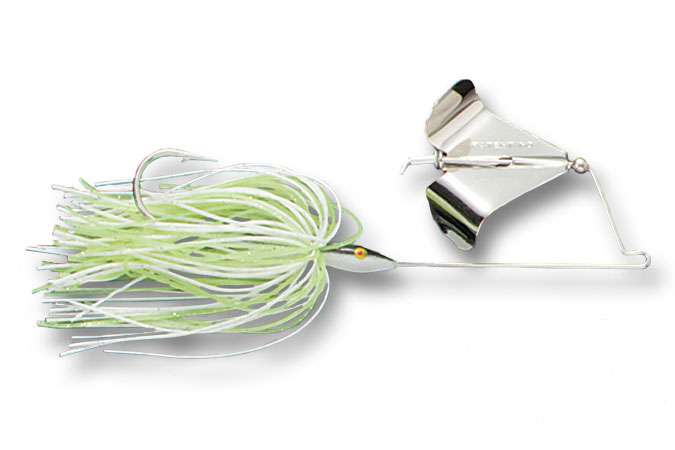
Favoring black or purple for dingy water or low light and white or blue for shad spawns, Card fishes his buzzbaits with no skirt and a buzz toad or creature bait trailer. He finds this setup gets more bites and makes fish hold on longer.
Fallâs his favorite buzzbait season, but Card knows he can depend on this topwater presentation most anytime he needs to cover water.
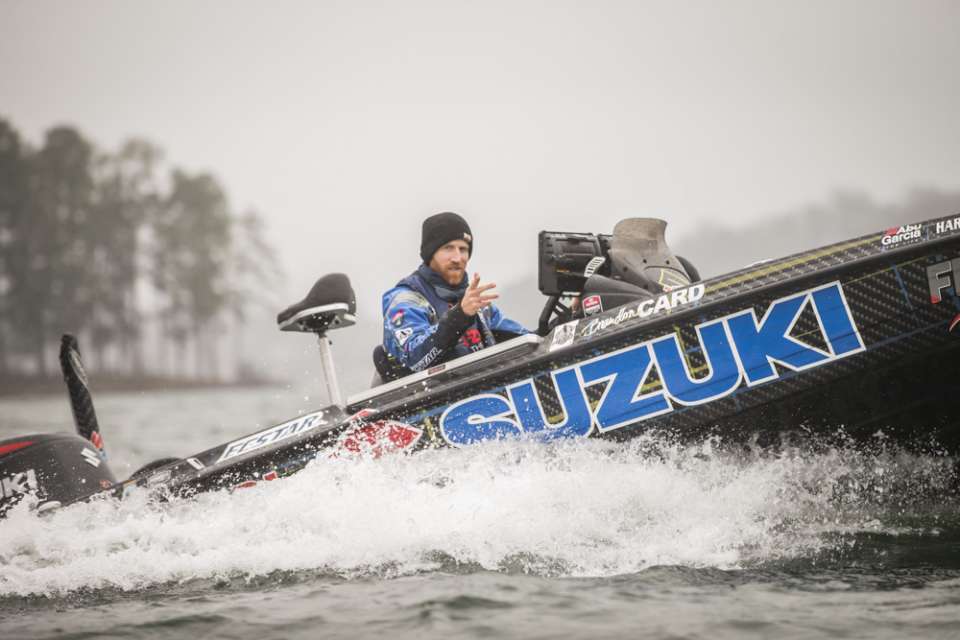
In clear water, heâll add 18 inches of 20-pound Yo-Zuri Top Knot fluorocarbon leader. He acknowledges fluoroâs sinking nature, but he finds a short leader wonât impair his baitâs action.
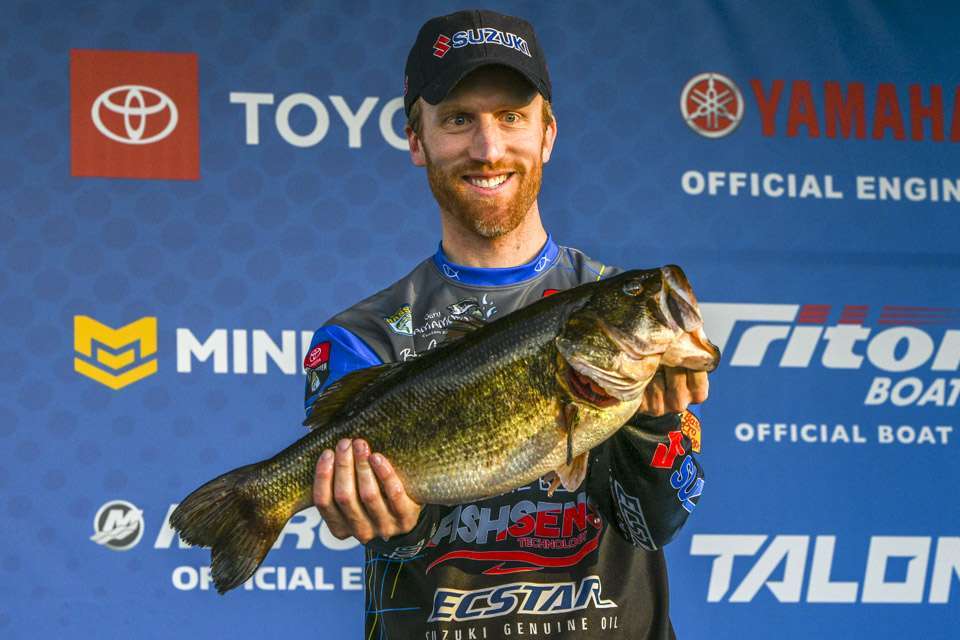
With a frog, heâll hit âem harder, but Card notes that he wants about half of his swing to have slack in the line â basically, coming right off the slack line walking technique. This allows a brief buffer to let the fish come tight on the bait in heavy cover before he drives home the hooks.



